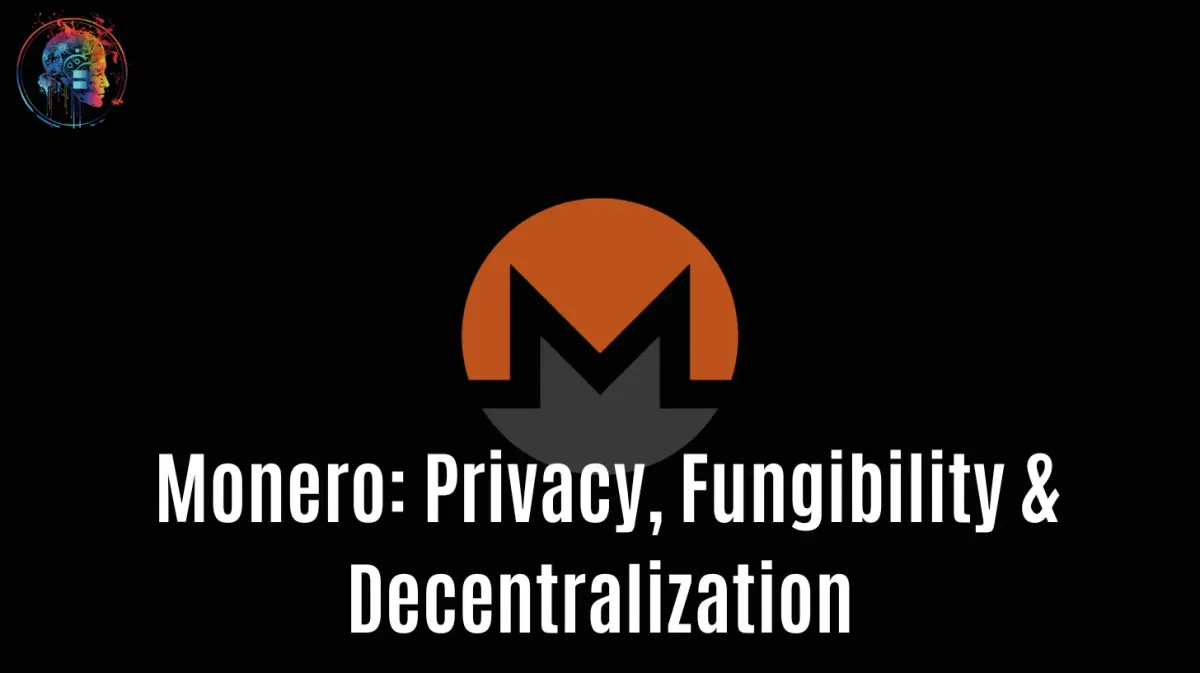Understanding Monero: A Deep Dive into Privacy, Fungibility, and Decentralization
Monero is a privacy-focused cryptocurrency that exhibits some important qualities of money. This article explores the features that make it a strong decentralized money candidate and addresses some common criticisms.

Monero (XMR-USD) is a privacy-focused cryptocurrency launched in 2014. Known for its security and anonymity, it is considered one of the most reliable digital currencies available. However, it often goes unnoticed in crypto industry circles and investment sites. This article aims to shed light on Monero and its investment merits.
Monero's core strength lies in its fungibility and potential for decentralization, making it a strong candidate as a form of digital money. When compared to Bitcoin (BTC-USD), the leading cryptocurrency aiming to be money, Monero's potential seems underpriced based on market capitalization. The challenge for Monero is to achieve the network effect that Bitcoin enjoys.
Monero's Features
Monero aims to be money and best meets the physical characteristics of money among all cryptocurrencies:
- Scarce and Unduplicatable
- Transportable
- Divisible
- Fungible
- Durable
Bitcoin is not entirely fungible as every satoshi has a public transaction history that can be traced back to its creation. Monero, on the other hand, does not suffer from this problem as its blockchain is designed for privacy. Monero ensures privacy and security through three cryptographic techniques: Stealth Addresses, Ring Signatures, and Ring Confidential Transactions. These techniques guarantee XMR's fungibility, making it more transportable and divisible than physical currency.
As a proof-of-work (PoW) blockchain, Monero has the potential for the same level of security and immutability as Bitcoin. Monero's ASIC-resistant RandomX mining algorithm also promotes decentralization by lowering barriers to entry and profitability for miners.
Another advantage of Monero is its dynamic block size, which allows miners to increase the block size to accommodate a higher number of transactions. This, combined with Monero's faster block time of 2 minutes compared to Bitcoin's 10 minutes, offers a better overall user experience.
Despite these advantages, Monero faces some headwinds, including Bitcoin's superior network effect, the need for public education on Monero's benefits, and its association with illicit activities due to its emphasis on privacy.
Addressing Criticisms of Monero
One criticism leveled against Monero is its "tail emission," which makes XMR a perpetually inflationary asset. Monero's tail emission is a fixed 0.6 XMR block reward into perpetuity, resulting in an asymptotically-zero percent inflation. The current inflation rate is under 1% and will only asymptotically approach 0.
If you found this article insightful, continue reading our next piece, where we will discuss Monero's regulatory challenges and explore potential paths forward for the cryptocurrency.
Stay informed and engaged with the latest developments in technology, AI, and the intersection of mind and creation by signing up for our newsletter.
As a member, you'll gain access to exclusive content and join a community focused on shaping the future of the internet to ensure it remains a space where human values and innovation can thrive.
Additionally, feel free to connect with me on LinkedIn.
